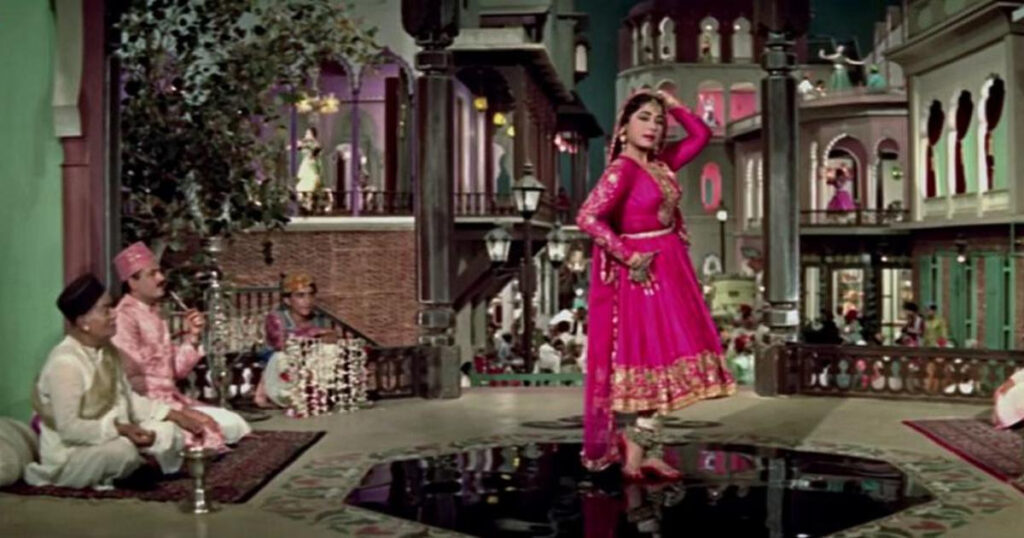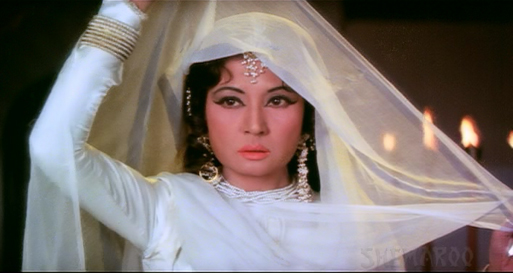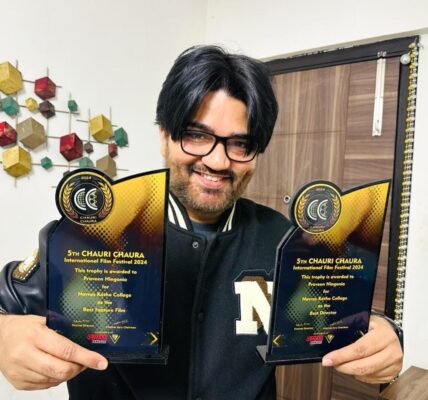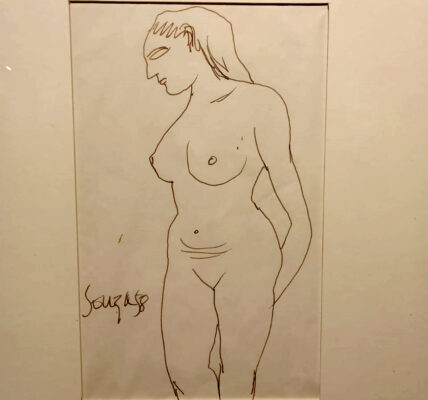The music & Sound of Pakeezah
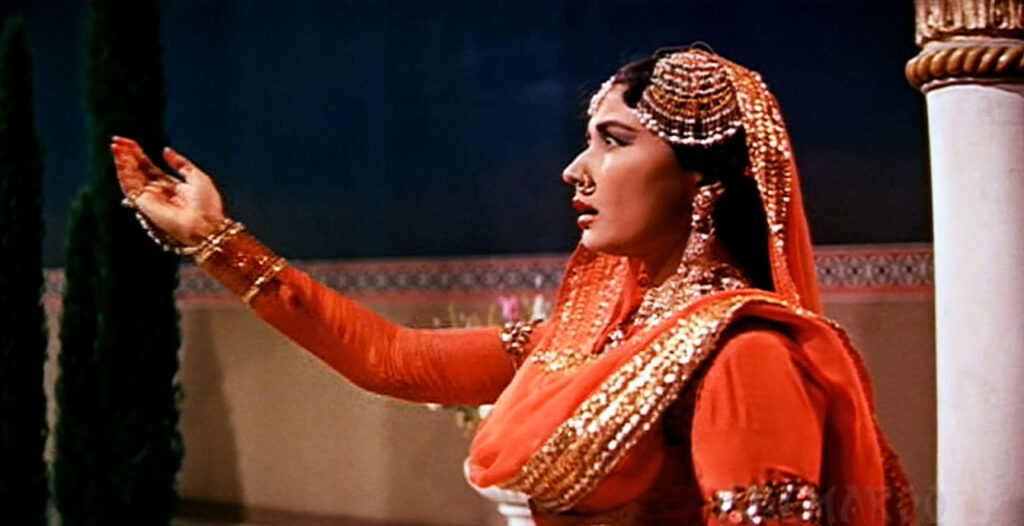
As a marathon runner , regular running is part of my being and with that comes the play list while you run. The music propels you to push yourself more everyday. The songs from Pakeezah has been integral part of that play list. There is one song from the immortal movie which I can hear in loop:
Hum nashe mein hai sambha lo hamein tum…(2)
Neend aati hai jaga lo hamein tum
Jaga lo hamein tum
Chalo dildaar chalo
Chaand ke paar chalo
Hum hai tayaar chalo…
The music composer Gulam Mohammad could not live to see the success of Pakeezah. He passed away on March 18th , 1968 and Pakeezah released four years after his death . It was his composition in Mirza Ghalib, that led and impressed producer Kamal Amrohi to pick him up as music composer in Pakizah .
Finding a place in the list of classic movies is its musical score. There are six songs in this lyrical saga and each one of them is par excellence. The songs are so ideal for the situation that one wonders whether the songs were composed for Pakeezah or Pakeezah was made to fill up the small pause or silence between the songs.
Life in the olden days was simple and slow paced. People had enough time for the finer aspects of life. Over the years life became fast and mechanical. Every art form and literature is a reflection of the society at that point in time, music being no exception. The society was changing and so was music. The slow and melodious songs by the likes of Madan Mohan, Naushad, Roshan, C.Ramachandra etc hardly had any takers. Their creations were getting replaced by the fast and catchy songs by R. D. Burman and Lakshmikant Pyarelal.
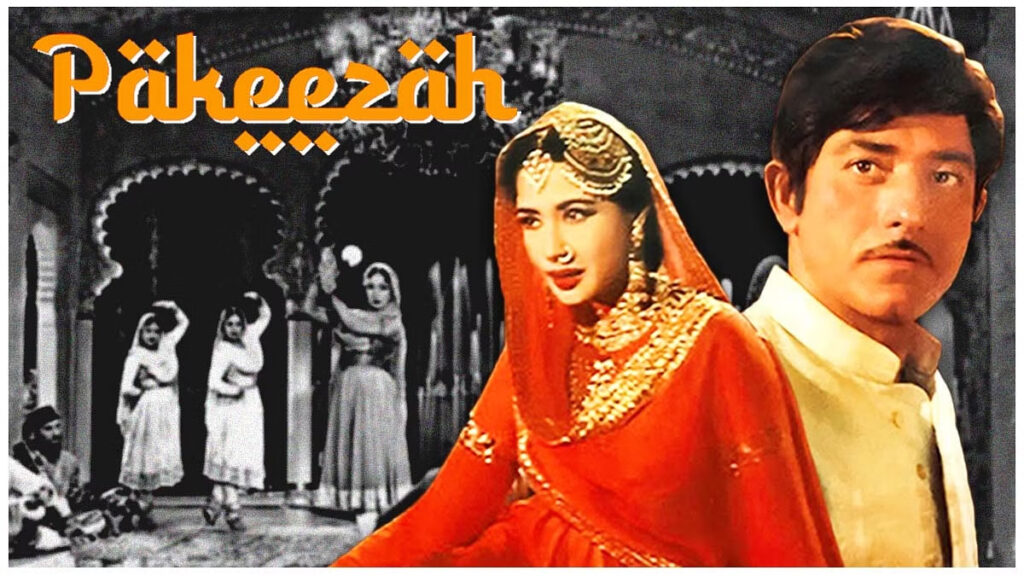
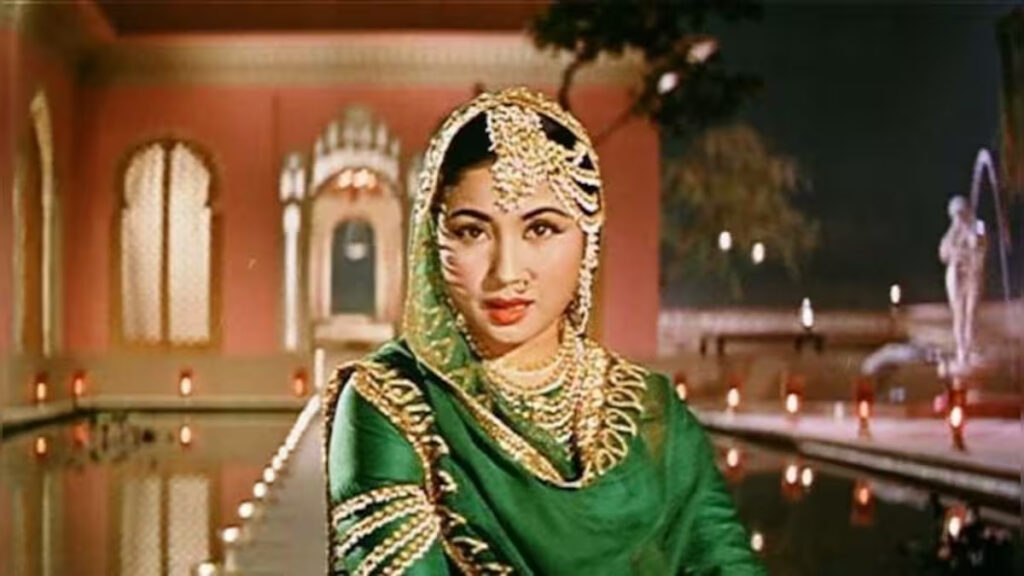
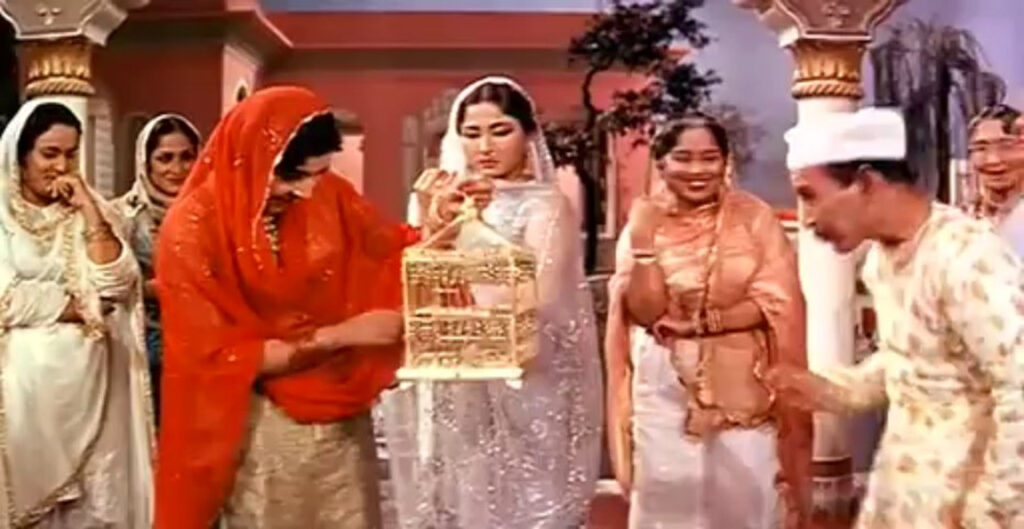
The film started in 1954, got halted again in 1964 due to differences between Meena Kumari and Kamal Amrohi and once again started again in 1969. While composing music for Pakeezah , Gulam Muhammad was in precarious financial condition. He was suffering from heart issues and had no money for proper medication . The financial condition also made him stay in far flung Borivali. Though Pakeezah made Gulam Muhammad a familiar name with movie and music lovers at that time.
Every song of this movie is a separate subject in itself. The mujrah is this movie has been presented in such a lively manner . Based on Raag Yaman ” Inhi logo ne le lina dupatta mera” blows you, the singing of Lata is magical. The amalgamation of raah Yaman Kalyan and Bhoopali in the song “chalte chalte yu hi koi mil gaya tha ” in which the end is so distinguish by a train whistle.
“Aaj Hum apni duaon ka Asar dekhenge “captures the haunting night and test of true love. Gulam Muhammad chose pahadi and Maaj khamaj base to create it.
One of the main reasons for Pakeezah.
And most interestingly the theme music was created by singer Bhupendra who played twelve strings guitar as Sarod.
Ghulam Ahmed, who had once worked as an assistant to Naushad, belonged to the older generation of music directors. Unfortunately he didn’t live long enough to see Pakeezah reach the silver screen. His unfinished work, including the background score was later completed by Naushad. The lyrics for the songs in ‘Pakeezah’ were written by Kaifi Azmi, father of the well known actress Shabana Azmi.
‘Pakeezah’ took sixteen years for its completion. The shooting started in the year 1956, at a time when Kamal Amrohi was still happily married to Meena Kumari. He had met Meena Kumari way back in 1938, when she was only five years of age. As destiny would have it, they met years later on the sets of the movie “Tamasha”. Kamal Amrohi was on the lookout for a female lead for his upcoming movie “Anarkali”. Meena Kumari had by then blossomed into a beautiful young woman. He offered her the lead role in “Anarkali”. Unfortunately, soon after the contract was signed, she had a road accident , and was bed ridden for four months. The movie got shelved, but there were better things in store for both of them. Kamal Amrohi became a regular visitor at the hospital where Meena Kumari was being treated and very soon love blossomed between them. Kamal Amrohi was an educated man and had great interest in poetry and literature.
Instead she chose to leave her house forever and went on to live with her husband. Though Kamal Amrohi was an orthodox man he agreed to let Meena Kumari pursue her passion for acting, albeit with certain conditions. Over time she started flaunting the rules put forward by him and differences started creeping in. Meena kumari is considered to be the greatest Indian actress ever. Finally when she could take it no more she left him.
During their happier days Amrohi had promised his wife that one day he would make a movie worthy enough of her legendary acting skills and beauty. Just as Shahjahan made Taj Mahal for his wife Mumtaz Mahal, he wanted to dedicate Pakeezah to his beloved wife, Meena Kumari whom he used to lovingly address as “Manju”. Pakeezah was initially shot in black and white. By the time shooting for the movie restarted, his marital life with Meena Kumari had hit rock bottom. As a result of this, shooting of Pakeezah was again stopped.
Of the twelve musical gems that were presented to Kamal Amrohi by Ghulam Ahmed, only six were included in the movie. Kamal Amrohi, the perfectionist had picturized every shot, every set and every camera position in his mind, before the work began. Meena Kumari had never looked as beautiful as she did in Pakeezah. This was not an easy task if one considers the fact that she was already in the final stage of liver cirrhosis which made her look bloated up and very old.
As mentioned before, the six songs by themselves are more than enough to give an outline of the story of Pakeezah. “Inhin logon ne”, the very first song of the lot introduces us to the sad life of a courtesan. In this song, the background shows a similar building where yet another nautch girl is seen dancing, almost imitating the steps of Meena Kumari.
The song “Inhin logon ne” is followed by another famous and evergreen song, “Chalte Chalte”which happens soon after the train journey. The lines “Chalte, Chalte….Yun Hi Koi Mil Gaya Tha” can be roughly translated as, ” while walking through the lanes of my life, I got to meet someone”. The song ends with the shrill whistle of a train, which reminds Saahibjaan of the fateful train journey that had changed the course of her life forever. More than the happiness and glow of a newfound love, we see sadness.
The next song is Thade Rahio which is again what is popularly known as a “mujra”. Watching Meena Kumari in Pakeezah, it’s very hard to believe that she had reached the fag end of her of life.
The remaining three songs take place after Saahibjaan meets Salim. These are ”Mausam hai aashiquana”, Chalo dildar chalo and the last song “Teere Nazar Dekhenge”.
“Chalo dildar chalo” is the only duet song in the movie. Let us imagine two lovers walking hand in hand under a moonlit sky with the moon and stars being the only witnesses to this rendezvous of theirs. If we are to pick one Hindi song befitting this night, it is “Chalo dildar chalo”. The song was supposed to be picturised on Rajkumar and Meena Kumari. Unfortunately, by the time the shooting of the song started Meena Kumari was hospitalised. This can be easily made out by watching the visuals, as the face of the Saahibjaan remains concealed throughout the song.
The title of the movie”Pakeezah” in Urdu means “The Pure one , Such was the love of Saleem for Saahibjaan that he wanted to marry her even after knowing that she was a courtesan. On seeing her reluctance in answering when the quazi asks her name, Saleem, without even blinking an eyelid answers, “Pakeezah” and Saahibjaan for the first time in her life gets to know the meaning of true love.
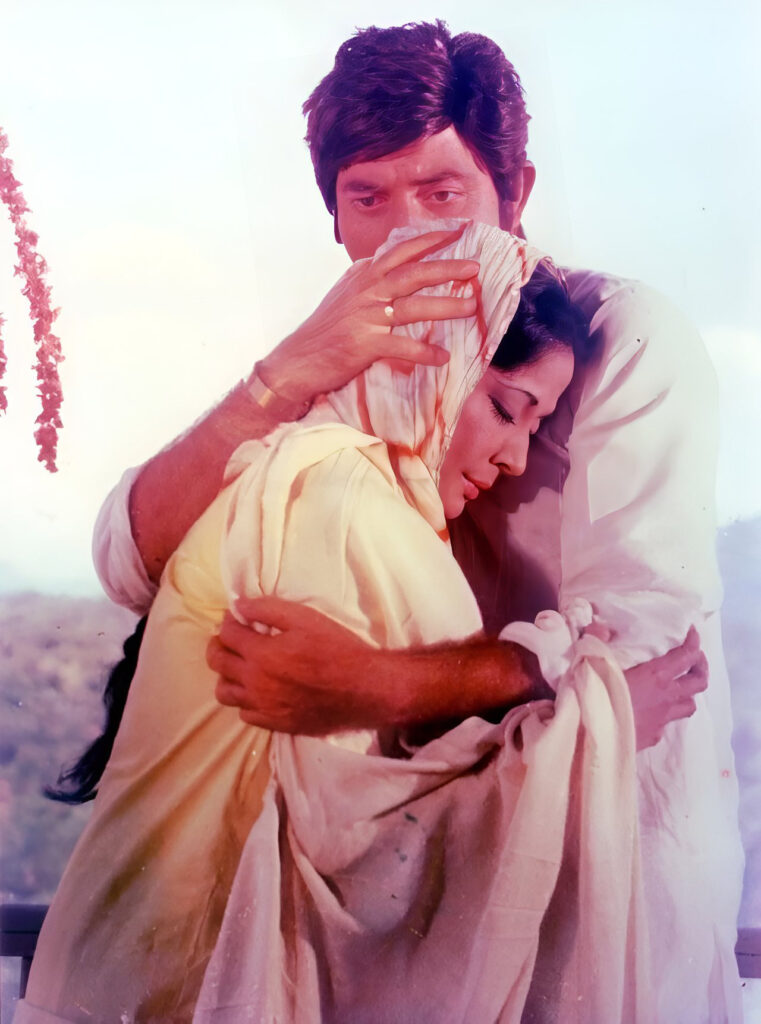
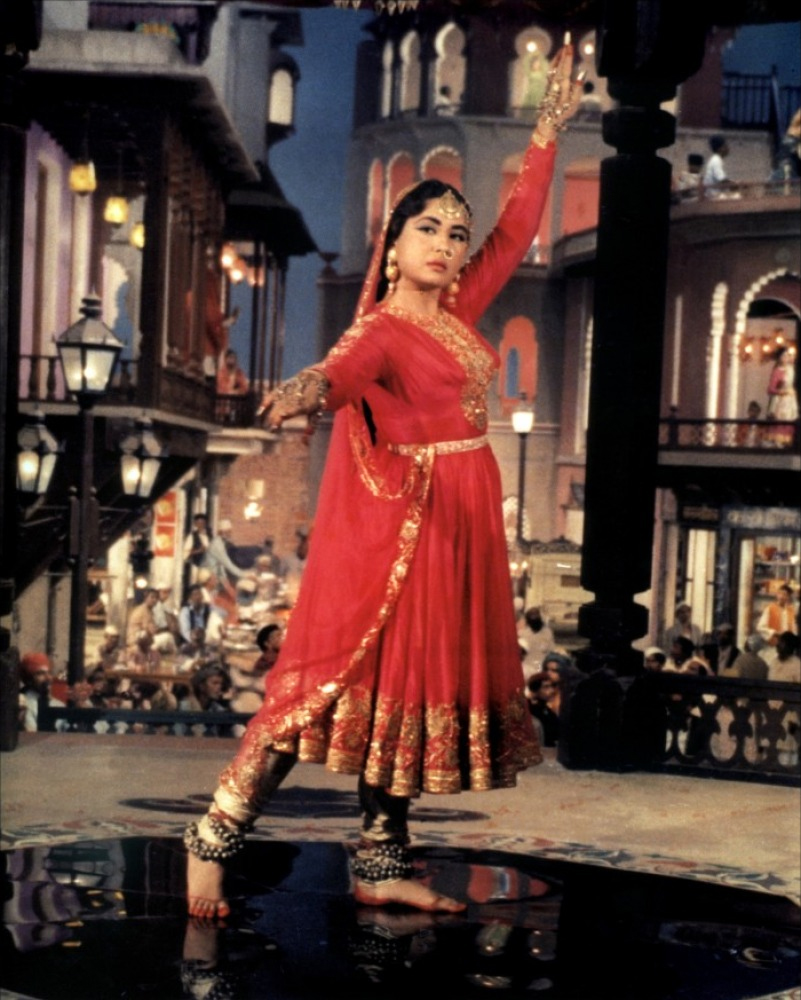
The last song in the movie is ” Teere Nazar Dekhenge”, where Saahibjaan is seen performing on the day of the marriage of Saleem to another lady. While dancing she breaks a glass lamp on purpose and dances on its broken pieces. This being symbolic of her broken heart, her shattered dreams and a bitter end to her only chance of life and happiness.
Ghungroo and Pakhawaj begin with precise measurement, Nargis matches, the sitar strums appear, a gorgeous Raga Mishra Piloo flourishes, the santoor and sarangi joins in giving this track a depth beyond words. This was one of the tracks, apart from the background score and two other thumris, that Naushad composed for Pakeezah, and what a great choice he made. Naushad remained faithful to Ghulamji and carried over the flavour and style of the main filmic tracks. For this track and the background score, Naushad employed Sitar player Ustad Raees Khan and Santoor player Pandit Shiv Kumar Sharma. As Raga Mishra Piloo serenades us, Lata Mangeshkar join in giving us one of the fewer rarer taranas .
Pakeezah was to Meena Kumari what Mughal e Azam was to Madhubala. The movie had a happy ending, but unfortunately that cannot be said about our tragedienne Meena Kumari. She died a few days after the release of Pakeezah due to liver cirrhosis, a result of her heavy drinking.
Kamal Amrohi’s “Pakeezah” has been lost forever in the mists of time. If there is one thing in Pakeezah that has and will continue to endure the assault by the merciless time, it is its music. The music that was created with love and passion by the combined effort of great personalities like Kamal Amrohi, Gulam Ahmed, Naushad, Kaifi Azmi and numerous others who were involved in it.
The worst part was that the Filmfare award for music that year went to Shankar’s Be-imaan which has some very ordinary scores . Such is life.
